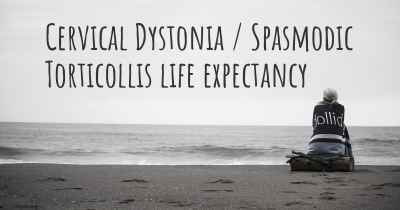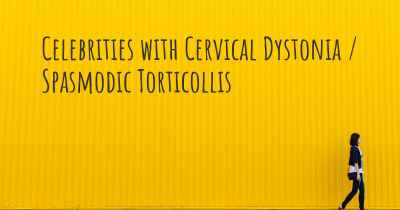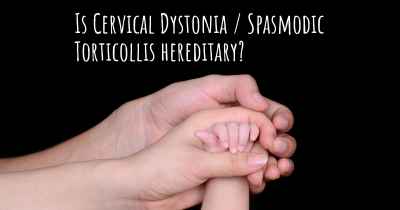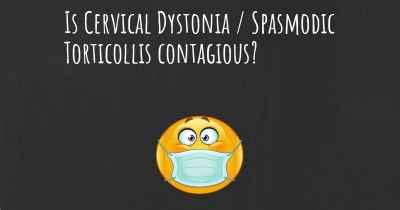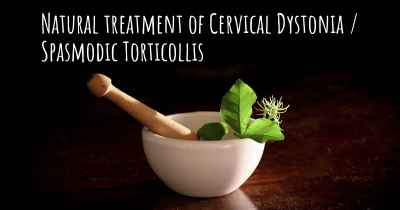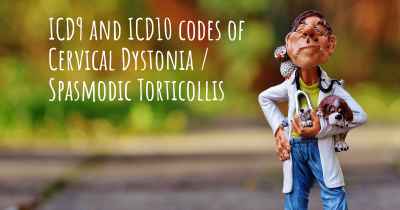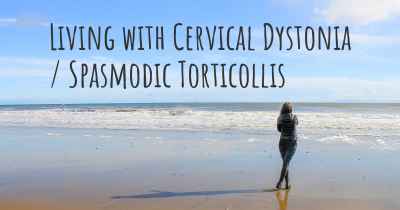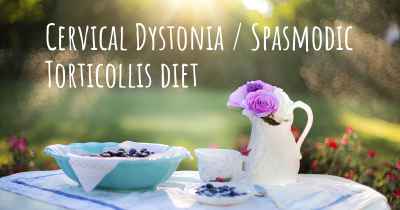Which are the causes of Cervical Dystonia / Spasmodic Torticollis?
See some of the causes of Cervical Dystonia / Spasmodic Torticollis according to people who have experience in Cervical Dystonia / Spasmodic Torticollis
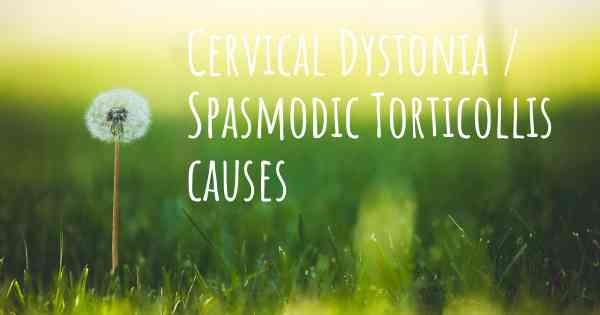
Causes of Cervical Dystonia / Spasmodic Torticollis
Cervical dystonia, also known as spasmodic torticollis, is a neurological disorder characterized by involuntary muscle contractions that cause abnormal movements and postures of the neck and head. The exact cause of cervical dystonia is not fully understood, but several factors have been identified as potential contributors to the development of this condition.
Genetic Factors: Research suggests that there may be a genetic component to cervical dystonia. Certain gene mutations or variations may increase the risk of developing the disorder. However, more studies are needed to fully understand the genetic basis of cervical dystonia.
Environmental Factors: Environmental factors, such as exposure to certain toxins or trauma, may play a role in the development of cervical dystonia. Some studies have suggested a link between cervical dystonia and exposure to certain pesticides or heavy metals. Additionally, physical trauma, such as neck injuries or surgeries, has been associated with the onset of cervical dystonia in some cases.
Abnormal Brain Function: Cervical dystonia is believed to be caused by abnormal functioning of the basal ganglia, a group of structures deep within the brain that are involved in movement control. It is thought that an imbalance in the neurotransmitters, chemicals that transmit signals between nerve cells, within the basal ganglia may contribute to the development of cervical dystonia. However, the exact mechanisms underlying this abnormal brain function are still being investigated.
Neurochemical Imbalances: Imbalances in certain neurotransmitters, such as dopamine and acetylcholine, have been implicated in cervical dystonia. Dopamine is involved in regulating movement, while acetylcholine is involved in muscle contractions. Disruptions in the delicate balance between these neurotransmitters may lead to the involuntary muscle contractions seen in cervical dystonia.
Other Medical Conditions: Cervical dystonia can also be associated with other medical conditions, such as Parkinson's disease or certain types of brain lesions. These conditions may disrupt the normal functioning of the basal ganglia or other areas of the brain involved in movement control, leading to the development of cervical dystonia.
In conclusion, while the exact causes of cervical dystonia are not fully understood, a combination of genetic, environmental, and neurochemical factors likely contribute to the development of this condition. Further research is needed to unravel the complex mechanisms underlying cervical dystonia and to develop more effective treatments.
Posted Jul 5, 2021 by TT 3100
